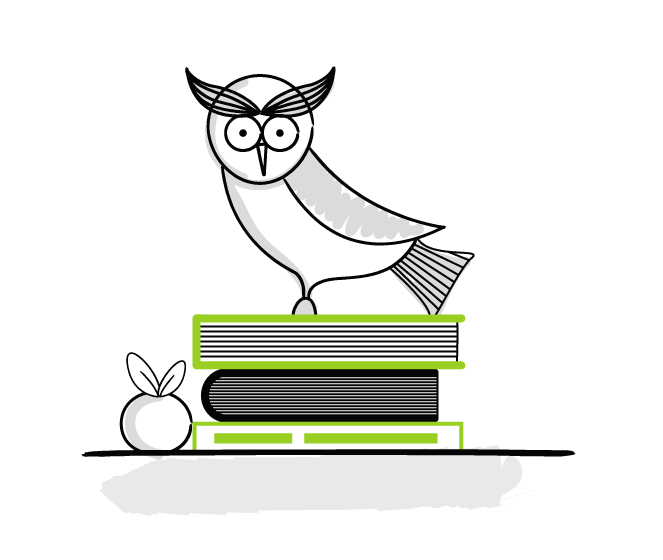Literature Study

Why?
Find contextual information, guidance and best practices.
How?
Make a 'search plan'; identify relevant keywords. Find and judge your sources. Be sure to determine the relevance and reliability of a source by examining the publication date, the author's background and whether the author has a commercial interest. Look at the sources of the book or article you found. Within the selected sources, trace references that are interesting, and repeat the search process with keywords you found in the selected texts.
Ingrediënts
- A willingness to read.
- Your local library, a database, Google scholar, Google books or another search engine.
- An ability to select what is really important for your case; and to leave the rest unread.
- Identify the 'gatekeepers'.
- Knowing 'when to stop.'
In practice
A company focusing on UX in the medical domain applies a literature study to identify best practices when informing patients about health issues.
- Universal methods of design (Martin & Hannington , 2012) spend a couple of pages about literature reviews. In the dutch version: chapter 53, p112-113
- A more extensive, general chapter on a literature study can be found in Researching Information Systems and Computing (Oates ,2010, chapter 6, p71-p92). Briony Oates also dedicates a chapter on internet research (Oates, 2010, chapter 4, p43-52)
- An approach for a 'systematic literature review' is described in van Aken & Andriessen (Handboek ontwerpgericht wetenschappelijk onderzoek), chapter 11., in Dutch.